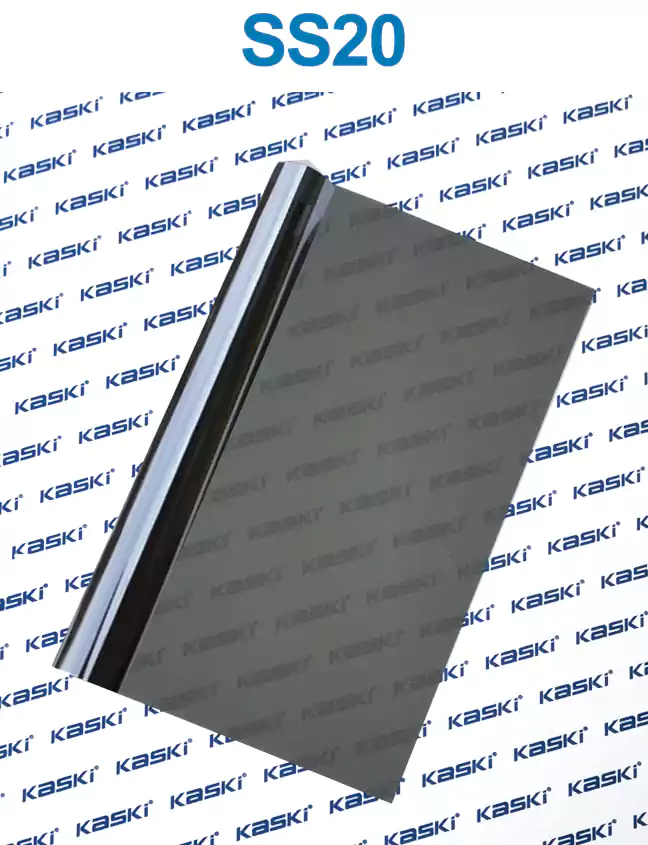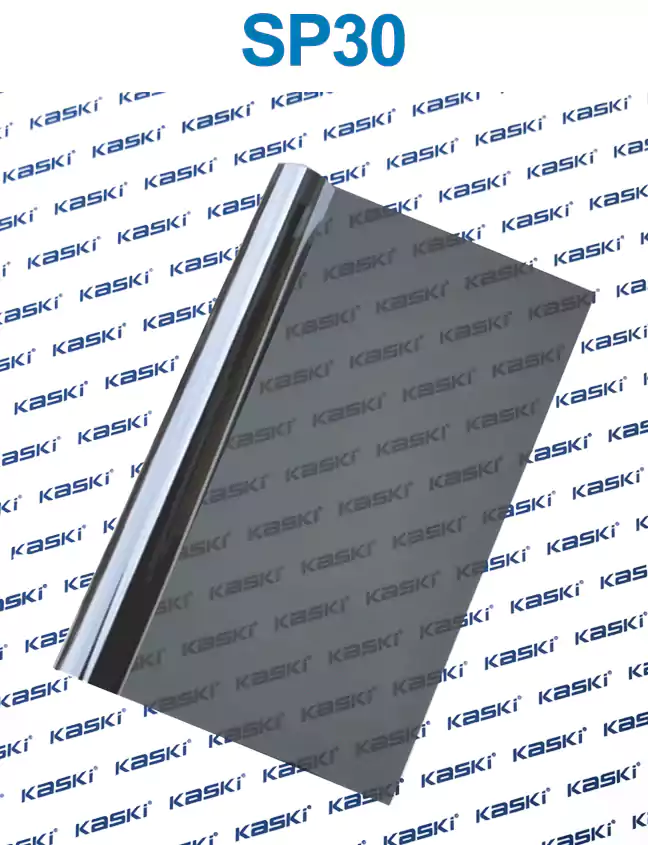Automotive window tinting is a popular and practical solution for enhancing the comfort, safety, and energy efficiency of your vehicle. Whether you're looking to reduce glare, protect your interior, or simply create a more personalized look, window tinting can offer a wide range of benefits. In this comprehensive guide, we'll explore the principles, advantages, and step-by-step installation process of automotive window tinting.
The Principles of automotive window tinting
Window tinting works by applying a thin, transparent film to the interior of your vehicle's glass. This film is designed to block a significant portion of the sun's harmful UV rays and infrared radiation, while still allowing natural light to pass through. The tint can be customized in terms of darkness, color, and even specialized features like heat rejection or glare reduction.
Advantages of heat control window film
1. Protect Your Interior: The UV-blocking properties of window tint can help prevent fading, cracking, and premature aging of your vehicle's interior, including upholstery, dashboard, and decorative curtains or blinds.
2. Increase Comfort and Energy Efficiency: By rejecting the sun's heat, window tinting can help keep your car's interior cooler, reducing the need for excessive air conditioning and improving your vehicle's overall energy efficiency.
3. Enhance Privacy and Security: Tinted windows can provide an added layer of privacy, making it more difficult for outsiders to see into your vehicle.
4. Reduce Glare and Eye Strain: Tinted windows can significantly reduce glare from the sun, providing a more comfortable driving experience and reducing eye strain.
5. Improve Appearance: Window tinting can give your vehicle a sleek, customized look, enhancing its overall aesthetic appeal.
Step-by-Step Installation: A Detailed Case Study
To provide a more concrete understanding of the heat control window film process, let's walk through a detailed installation case study.
Vehicle: 2020 Toyota Camry
For this Camry, we opted for a high-quality ceramic tint film that blocks up to 99% of harmful UV rays and 50% of the sun's heat. The tint was applied to the side windows, rear glass, and windscreen.
Installation Process:
1. Thorough Cleaning: The vehicle's windows were meticulously cleaned to ensure a proper adhesion of the tint film.
2. Measurement and Cutting: The tint film was precisely measured and cut to fit the unique dimensions of each window.
3. Application: The tint film was carefully applied to the interior of the windows, ensuring no air bubbles or wrinkles.
4. Curing: The tint film was allowed to cure for 24-48 hours, ensuring a secure and long-lasting bond.
Testimonials:
"I'm so glad I decided to tint my Camry's windows. The difference in comfort and reduced glare is remarkable. I no longer feel like I'm baking in the sun during my daily commute." - Sarah, Camry owner
"The tinting job on my Camry looks fantastic. It's not only functional, but it also gives my car a sleek, modern appearance. I highly recommend this service to anyone looking to enhance their vehicle's performance and aesthetics." - Michael, Camry owner
In conclusion, heat control window film is a versatile and practical solution that can provide a wide range of benefits for your vehicle. From protecting your interior to improving comfort and energy efficiency, the advantages of window tinting make it a worthwhile investment for any car owner.



















